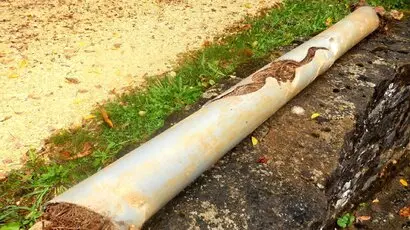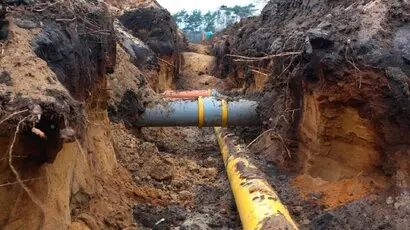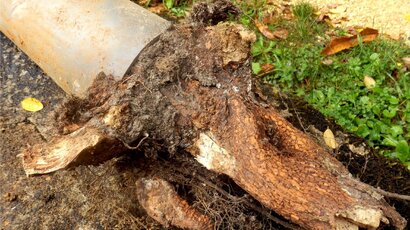How To Avoiding Tree Roots Damaging Your Pipes
Are you concerned that tree roots in your garden have infiltrated your pipelines? Our guide will help you prevent serious plumbing damage.
When you’re trying to clear a blocked drain, tree roots might not be the first culprit that comes to mind.
Tree roots can invade your sewer pipes, causing significant plumbing headaches if ignored. Clogged drains create pressure on your plumbing system, potentially leading to major issues like burst pipes.
To tackle this, understand why roots grow in pipes and how to prevent it. Once your plumbing is secure, there’s less need to worry about unpleasant plumbing surprises.
You can find all the information about root invasion in your pipes and sewer line here.
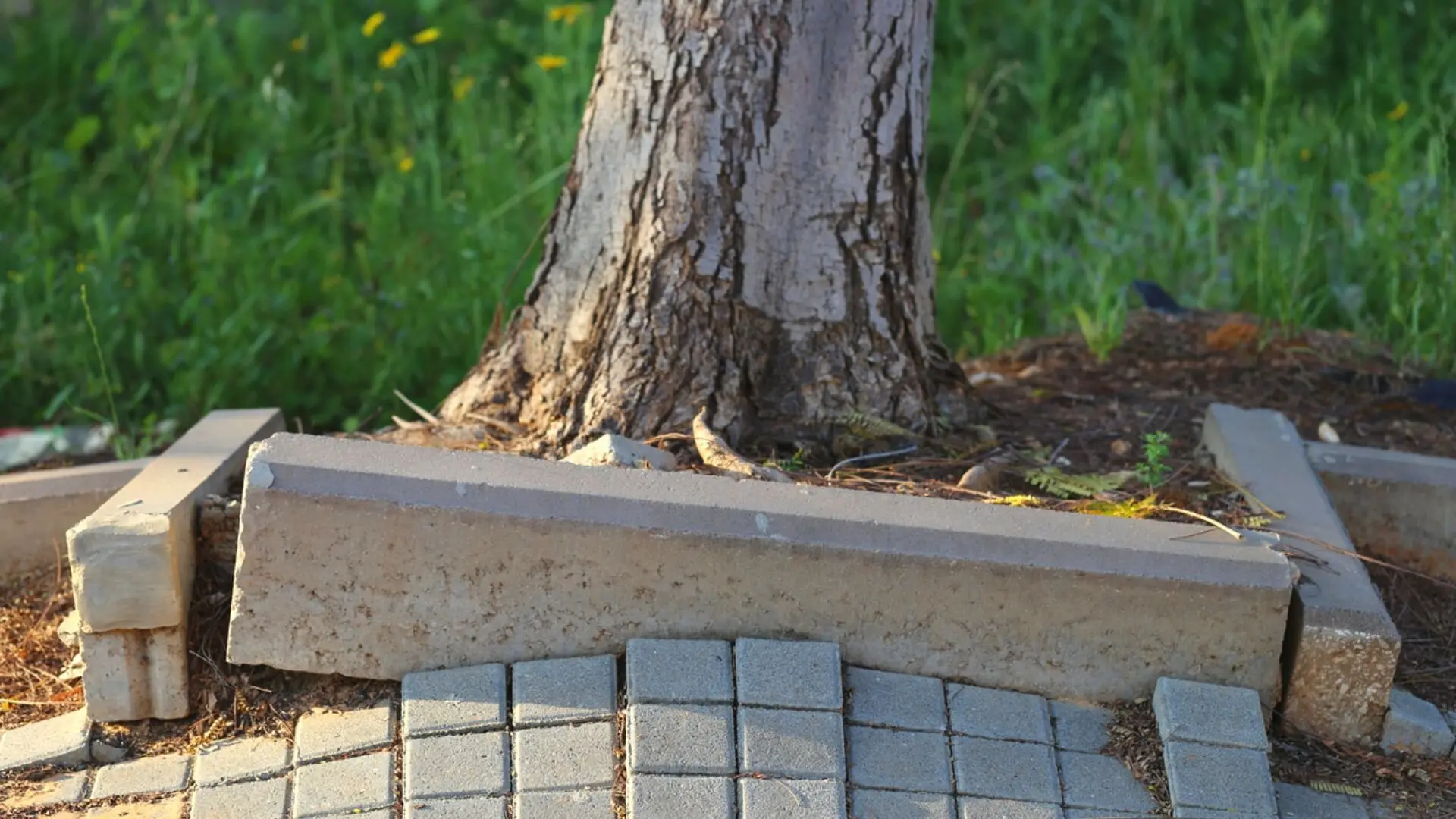
Root systems have been known to penetrate sewer lines, causing hairline cracks and blockages. This usually occurs in tropical areas, where the heat causes the roots to grow deeper in search of water, and pipelines make for an excellent water source. The aggressive root growth results in the penetration of sewer pipes, damaging them.
Tree roots can infiltrate sewer pipes from the top, sides, or bottom, particularly in drier regions. However, even temperate areas with plenty of rain aren’t immune, as roots flourish in nutrient-rich settings.
Usually, there are several warning signs that you have tree root growth in your sewer pipes. You can prevent severe plumbing problems and stop water bills from rising by being vigilant and acting quickly.
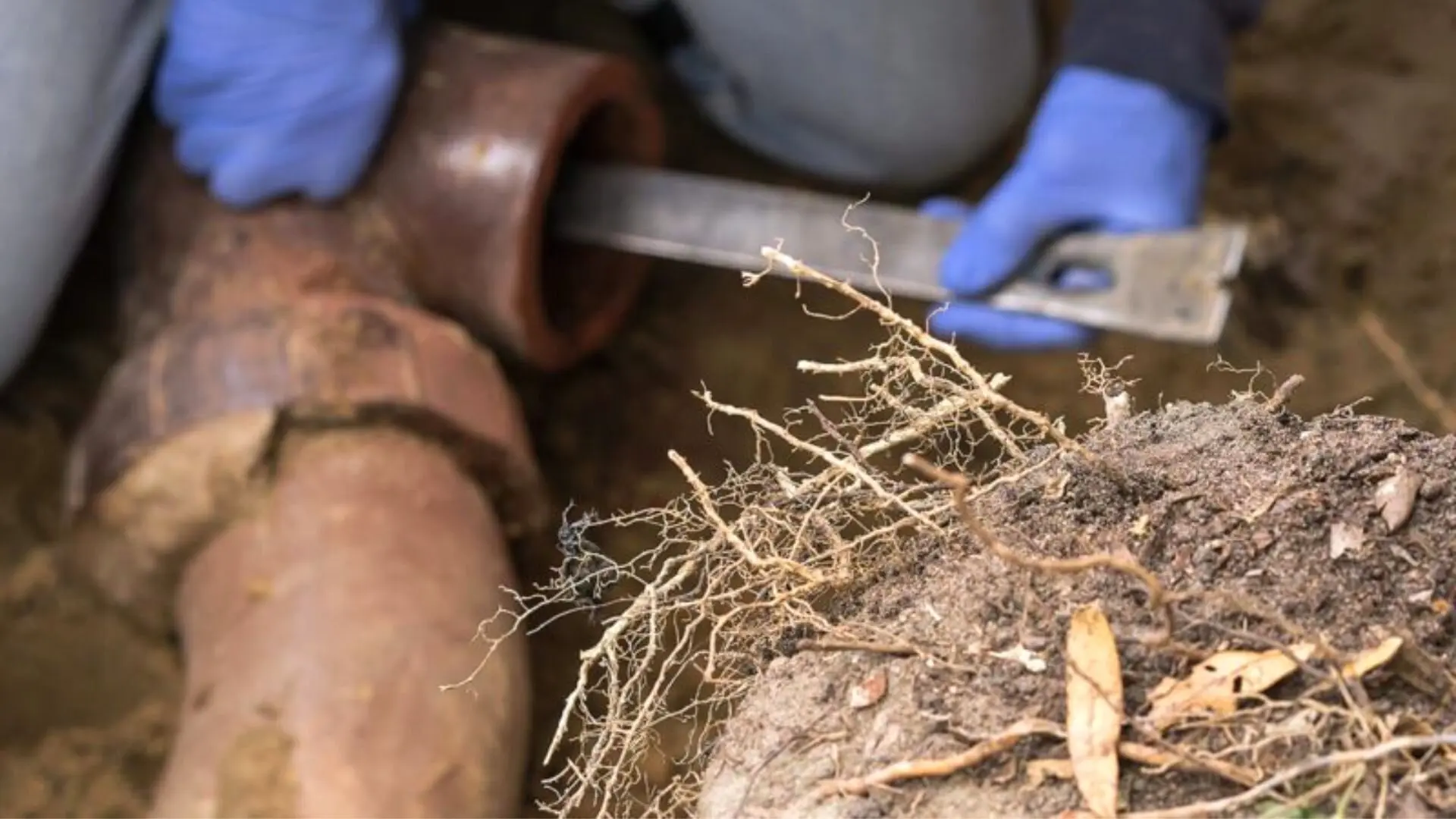
Tree roots cause sewer blockages, leading to the deposition of foul-smelling waste. You may want to check your plumbing to detect a foul odour from your drains.
Blocked pipes can reduce water pressure, which can cause issues in the long run. This may be a tell-tale sign that the tree’s roots ravage your plumbing.
Damaged pipes can result in strange banging or whistling noises when you turn on taps because of air rushing into the pipes. While this isn’t strictly a sign of root growth in your pipes, it is a definitive sign of a damaged pipe. You may want to have your plumbing checked if this is the case.
After pulling on the flush lever, the water may not go down as freely as it usually would, indicating an obstruction in your pipeline. If the block doesn’t clear up with baking soda and vinegar, you may want to have the pipes checked for tree root growth.
To avoid costly repair bills, you can opt for the following strategies to keep the roots out of your pipes and prevent further root damage:
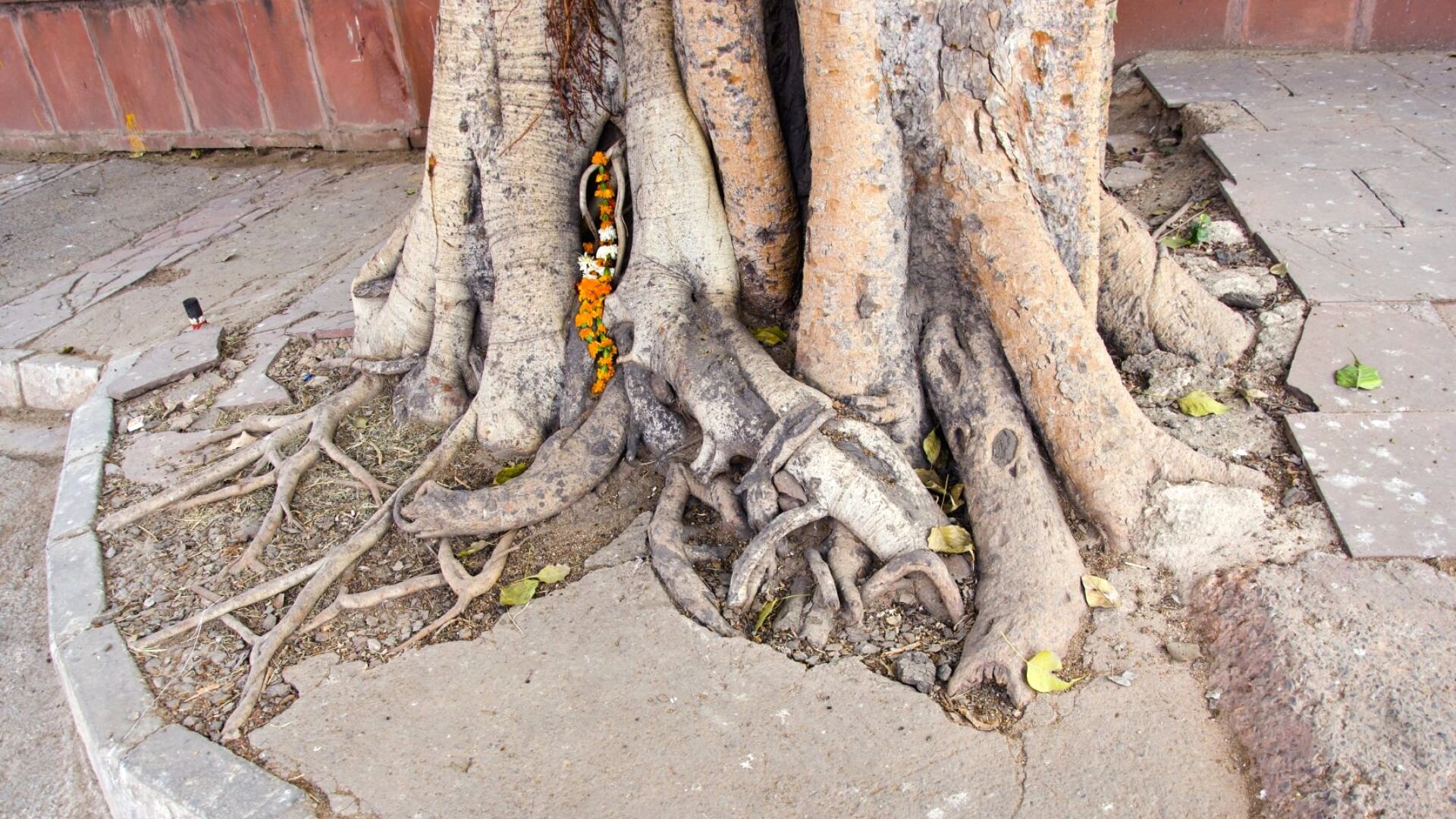
If your garden is vacant and you’re considering populating it with more giant trees, consider studying the sewer system in your home’s vicinity.
Plant trees away from the main underground pipes, and be mindful of the distance you put between the potential tree’s root system and the drain pipe. The ideal gardening option would be planting trees with relatively low growth. Trees like banksia and acacia are slow-growing species with shorter roots.
You may already have trees in your backyard, or maybe you’ve moved into an old house with large trees with extensive root systems. In either case, you can’t always have a clear-cut choice, which would demand more involved solutions to the plumbing problem.
You can have your plumber insert a slip line that feeds into the plumbing to create a barrier against the invasive roots. Alternatively, you can replace the pipes if old enough to prevent tree roots from breaching.
Physical barriers direct roots away from pipes. They come in several varieties, with differing effectiveness, namely solid and permeable barriers.
Solid barriers are made from corrosion-resistant materials like plastic or fibreglass, making them highly effective at warding off tree roots. However, there is no room for water to pass through the root barrier, which may exacerbate water-clogging issues.
Permeable barriers are made from a mesh that allows smaller roots and water to go through them. The main drawback with permeable barriers is the risk of choosing the wrong size, leading to the root system penetrating your pipe system.
If you already have tree roots in the pipes, have your plumber utilise root growth inhibitors to dissolve smaller roots from the sewage system. Smaller roots are typically a tiny part of tree root systems, so if harm does come upon them, it won’t affect the tree’s growth much. Trees depend more on more extensive roots for nutrition.
A plumber typically uses a foaming chemical to dehydrate the roots and stop new growth in your pipes, offering a straightforward solution to what could become a significant issue. To fix the pipes, pipe relining is a common choice to avoid unnecessary digging.
These tips should keep the root problem out of your pipes, saving you from cascading issues. Sewer line tree roots in your pipes are the beginning of the degradation of your plumbing, after all.
The issue has remained constant throughout the advances in plumbing, and solutions are now more readily available after the age of trials. If your plumbing has excessive problems, contact professional plumbing services for help.
The issue won’t take long to become significantly less manageable, so vigilance and regular maintenance are essential when dealing with root growth. Contact our Melbourne plumbers at WP Plumbing on (03) 9122 8652 for assistance.
Taking action to prevent tree roots from damaging your pipes is vital. Here are our plumbers’ top tips for getting rid of them and what signs to look for.
Damaged pipes can be extremely costly to fix. But, we have a solution for you! Read our guide on the best way to fix burst, cracked and damaged pipelines.
Tree root intrusion can lead to major pipe damage and drainage issues. CCTV inspections provide a clear view inside your pipes, making detecting and addressing these problems easier before they escalate. Learn how this advanced technology can save you from costly repairs and help maintain a healthy plumbing system.
